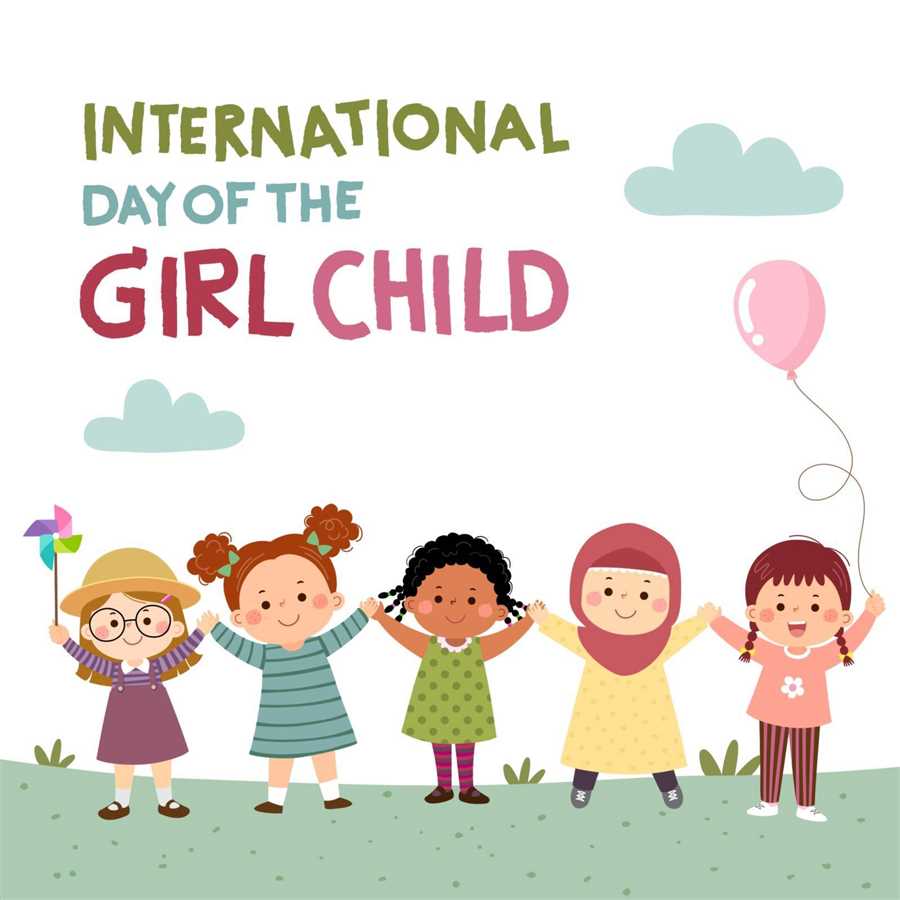Search by Color or Cause


On December 19, 2011, United Nations General Assembly adopted Resolution 66/170. It declares October 11 as the International Day of the Girl Child. This day recognizes girls’ rights. It also recognizes the unique challenges girls face around the world. The International Day of the Girl Child focuses attention on the need to address the challenges girls face. And it serves to promote girls’ empowerment and the fulfillment of their human rights.
Adolescent girls have the right to a safe, educated, and healthy life. This is not only during these critical formative years, but also as they mature into women. If effectively supported during the adolescent years, girls have the potential to change the world. This is true both as the empowered girls of today and as tomorrow’s workers, mothers, entrepreneurs, mentors, household heads, and political leaders. An investment in realizing the power of adolescent girls upholds their rights today. And it further promises a more equitable and prosperous future. This is a future in which half of humanity is an equal partner in solving the problems of climate change, political conflict, economic growth, disease prevention, and global sustainability.
Girls are breaking boundaries and barriers posed by stereotypes and exclusion. This includes those directed at children with disabilities and those living in marginalized communities. As entrepreneurs, innovators and initiators of global movements, girls are creating a world that is relevant for them and future generations.
The 2030 Agenda for Sustainable Development and its 17 Sustainable Development Goals (SDGs) adopted by world leaders in 2015, embody a roadmap for progress that is sustainable and leaves no one behind.
Achieving gender equality and women’s empowerment is integral to each of the 17 goals. Only by ensuring the rights of women and girls across all the goals will we get to justice and inclusion. We will also welcome economies that work for all, and sustaining our shared environment now and for future generations.
This year, we are seeing a range of movements and actions to curtail girls’ and women’s rights. Movements to roll back progress on gender equality have a particularly harsh impacts on girls. From maternal health care and parenting support for adolescent mothers, to digital and life skills training, there is an urgent need for change. This need includes increased attention and resourcing for the key areas that enable girls to realize their rights and achieve their full potential.
Responding to girls’ calls for change, the global community must move beyond reaffirming commitments and invest boldly in the action needed to make that change. When we pay attention, we see that many girls are championing solutions and change in their communities. Together with government and civil society partners, we envision a world where girls have space to shape government policy. They also have an impact on spending to decide the rules and norms by which businesses should operate. And to direct the priorities for new research and innovations. These examples should not be novelties, but the norm.